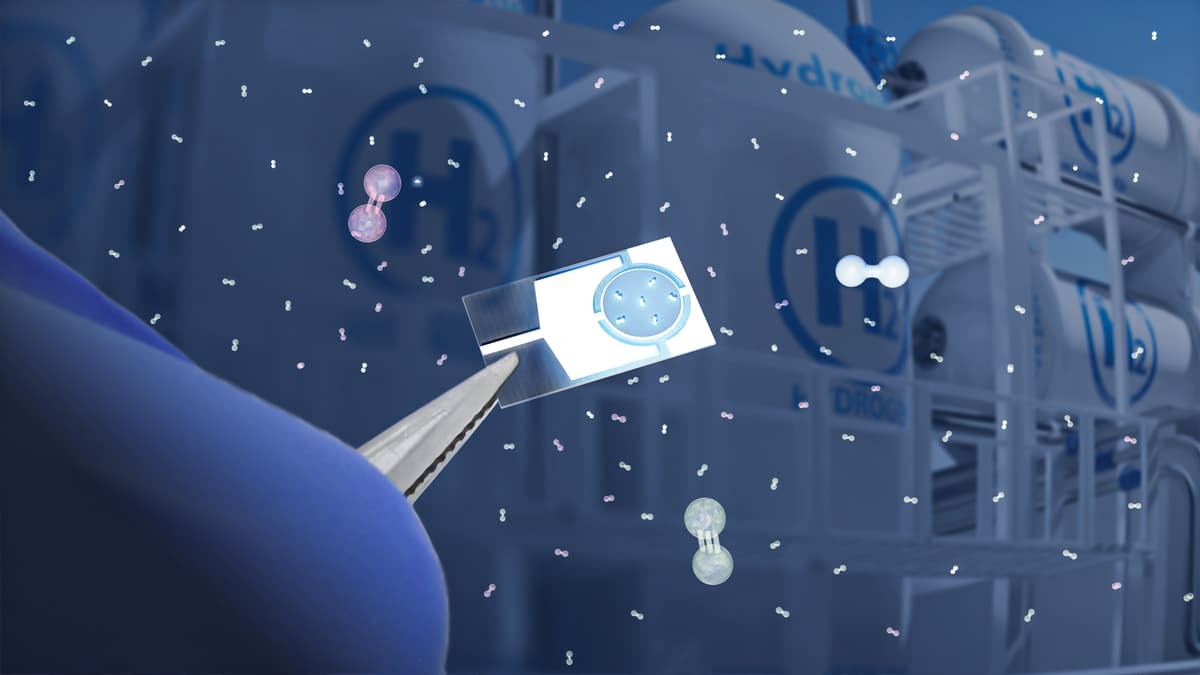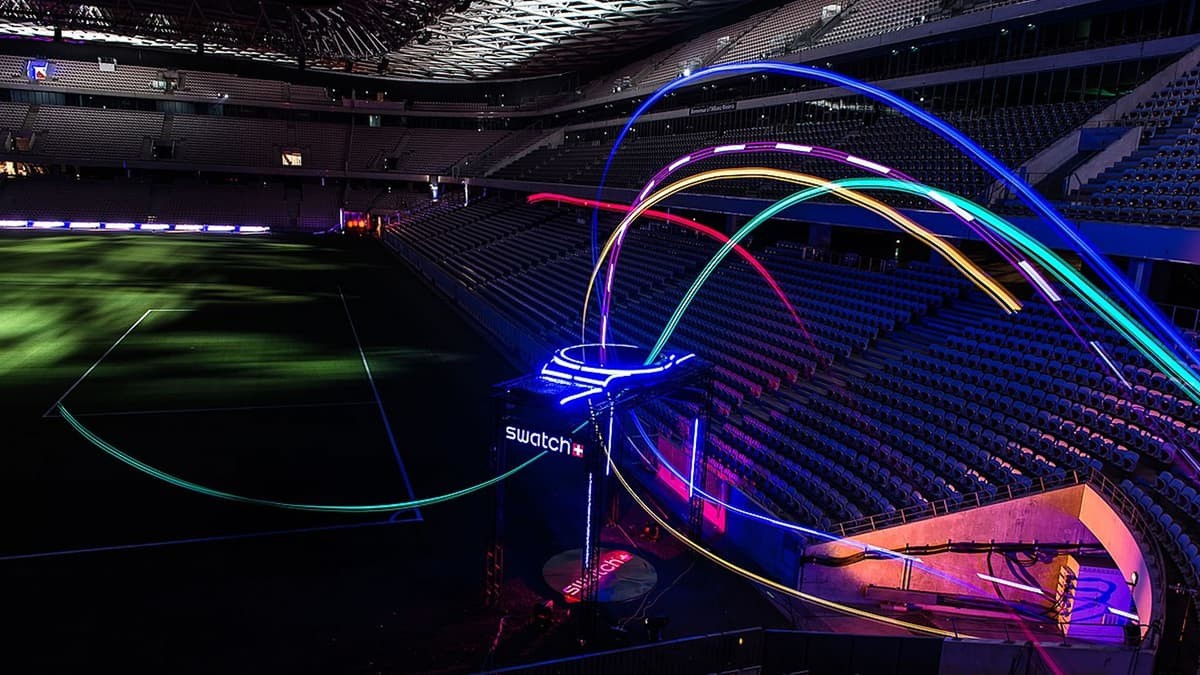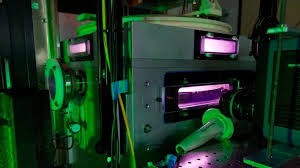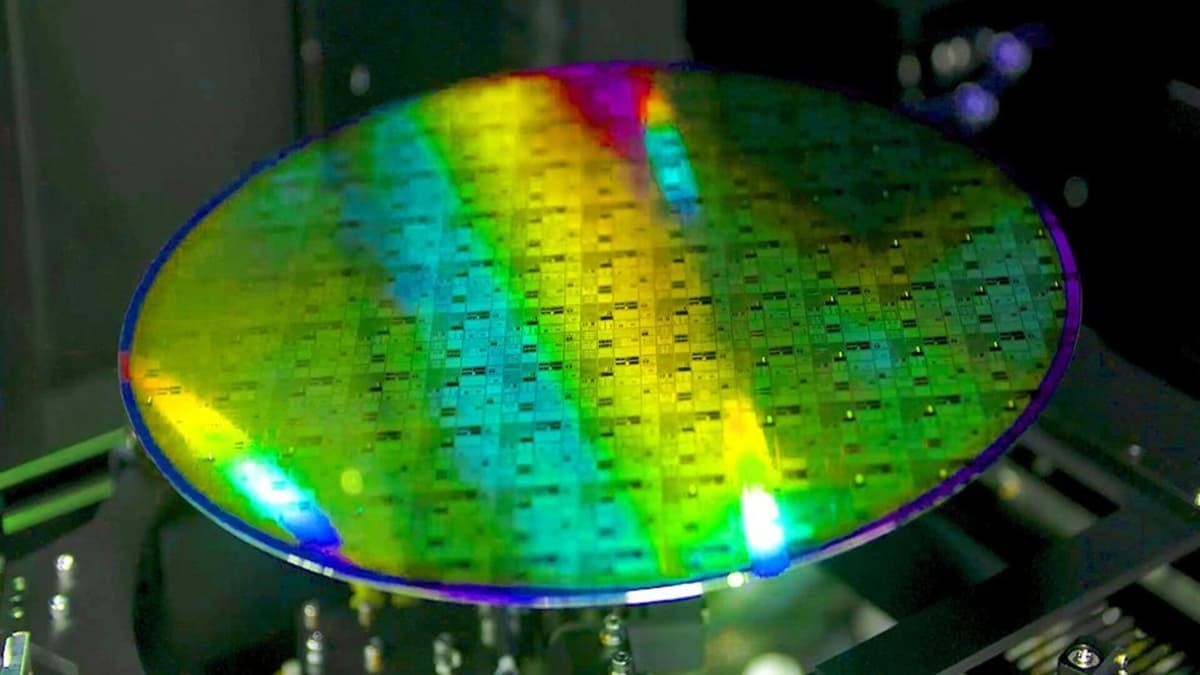Supercharged Sensor Identifies Hydrogen Leak in 0.8 Seconds with 10,000-Fold Signal Power
Researchers in Saudi Arabia have developed a highly responsive, cost-effective hydrogen sensor that could be a game-changer for safety in the expanding hydrogen economy. The new sensor, built using an innovative polymer, detects hydrogen leaks with exceptional speed and accuracy—responding in just 0.8 seconds and consuming a mere two microwatts of power.
Created by Dr. Suman Mandal, a postdoctoral fellow in physical science and engineering at King Abdullah University of Science and Technology (KAUST), the device significantly outperforms current commercial hydrogen detectors in both sensitivity and efficiency.

Figure 1. Hydrogen Sensor.
A New Standard for Hydrogen Safety
Hydrogen is quickly becoming a cornerstone of clean energy—used in transportation, industry, and power generation. However, its odorless, colorless, and highly flammable properties make leak detection critical.Figure 1 shows Hydrogen sensor.
Traditional hydrogen sensors often require high operating temperatures, use significant power, or respond too slowly to ensure safe handling. Dr. Mandal’s team sought to overcome these limitations with a novel semiconducting polymer, DPP-DTT, coated onto platinum electrodes.
When exposed to hydrogen, the electrical current through the sensor dropped by up to 10,000 times, providing a strong and immediate signal tied directly to hydrogen concentration.
“Conventional sensors struggle with slow response times and detecting trace hydrogen at room temperature,” said Dr. Mandal. “Our design responds within seconds and operates efficiently under a wide range of environmental conditions.”
Smart Design, Impressive Performance
The sensor showed outstanding results during testing, detecting hydrogen concentrations as low as 192 parts per billion—even in complex gas environments containing compounds like ethanol or acetone.
The device was also tested in real-world situations, such as:
- Detecting leaks from a hydrogen pipe
- Responding to balloon bursts filled with hydrogen
- Being mounted on a drone and flown through leak zones
In all cases, it consistently outperformed commercial alternatives. The only limitation observed was in oxygen-free environments, which provided new insights into the sensing mechanism.
How It Works
The sensor relies on a unique interaction between oxygen and hydrogen. Oxygen molecules diffuse into the polymer, attracting electrons and increasing electrical current [1]. When hydrogen enters, it breaks into atoms on the platinum surface and reacts with the oxygen to form water. This reaction lowers the current, signaling the presence of hydrogen.
“This represents a completely new hydrogen sensing mechanism,” Mandal explained. “And because it’s based on low-cost materials, the sensor can be manufactured affordably for widespread use.”
With its combination of speed, precision, durability, and low power consumption, the device could become a key safety tool in hydrogen-powered systems across industrial and transport sectors—paving the way for safer adoption of hydrogen as a clean energy source.
Reference:
- https://interestingengineering.com/innovation/smart-sensing-breakthrough-hydrogen-sensor
Cite this article:
Keerthana S (2025), Supercharged Sensor Identifies Hydrogen Leak in 0.8 Seconds with 10,000-Fold Signal Power, AnaTechMaz, pp.324















